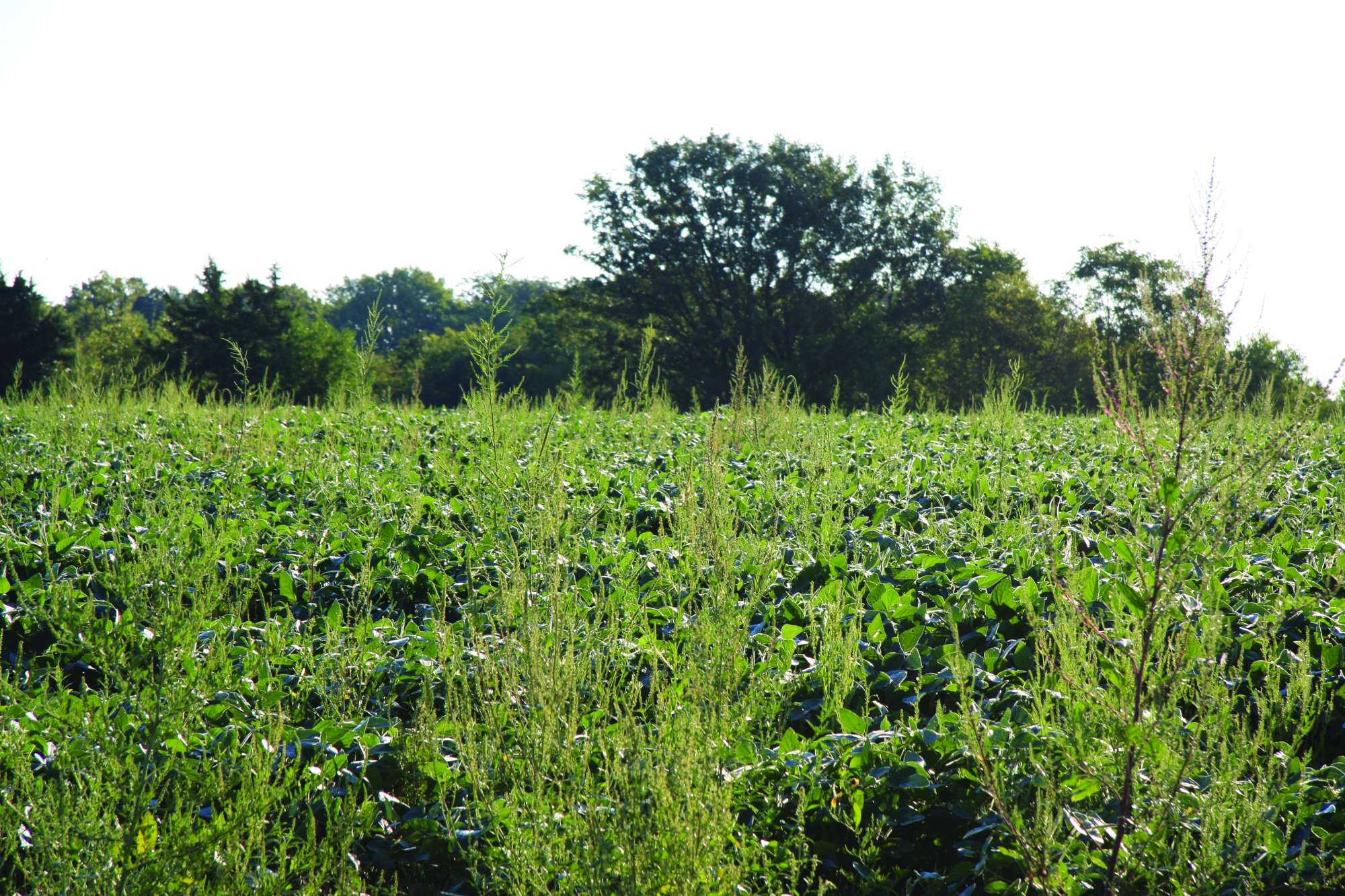When striving for the perfect, weed-free lawn, many homeowners religiously mow their grass, hoping to keep unwanted foliage at bay. However, recent findings suggest that this routine maintenance might be doing more harm than good, especially when dealing with certain tenacious weeds.

Researchers Warn Against Over-Mowing of Lawn
A collaborative study conducted by scientists from the University of Arkansas and the University of Texas Rio Grande Valley reveals a startling effect of frequent lawn mowing on the Silverleaf Nightshade (Solanum elaeagnifolium), a common backyard weed.
According to research findings published in Scientific Reports and highlighted on Phys.org, regular mowing not only strengthens these weeds but also turns them into formidable ‘superweeds’ with enhanced survival strategies.
Surprising Adaptations to Mowing
The study led by Rupesh Kariyat and Alejandro Vasquez delved into how different mowing frequencies impact Silverleaf Nightshade. Notably identified by its prickly spines and vibrant purple flowers, this weed demonstrated remarkable adaptations in response to being mowed.
Researchers observed that mowed plants developed bigger and heavier flowers and grew more spines as a defense mechanism against natural predators like caterpillars. “These adaptations suggest that frequent mowing forces Silverleaf Nightshade to allocate more resources towards reproduction and defense, ensuring its survival and proliferation even in adverse conditions,” explains Kariyat.
Moreover, mowed plants exhibited deeper taproots, which allow them to access water and nutrients from deeper soil layers, further enhancing their resilience. Another intriguing adaptation was the variation in seed germination timing, termed ‘staggered germination’. This strategy ensures some seeds sprout immediately while others remain dormant, allowing the weed to survive periodic mowing.

Implications for Weed Management
These findings prompt a reconsideration of current weed management strategies. Traditional methods like tilling might spread the problem further, as they enable the weed to reproduce through root segments left in the soil.
“Our study highlights the need for a nuanced understanding of weed ecology and biology in our management practices,” notes Vasquez. “What works for one species may not be effective for another, and over-mowing could be counterproductive.”

A Broader Perspective on Mowing
While the study focused specifically on Silverleaf Nightshade, the implications extend to other weed species and general landscape management. This research serves as a crucial reminder that common practices like mowing need to be reassessed and adapted based on scientific findings and ecological knowledge.
As homeowners and landscapers look to maintain their lawns, incorporating scientific insights into everyday practices could be the key to more effective and sustainable landscaping. The findings from Kariyat and Vasquez not only challenge conventional wisdom but also underscore the complexity of interactions within our backyards.
This study reminds us that sometimes, in our quest for control over nature, we might be nurturing the very problems we seek to eliminate. As we continue to explore the dynamics of our environment, the lawn mower might just need to be used with a bit more discretion.










